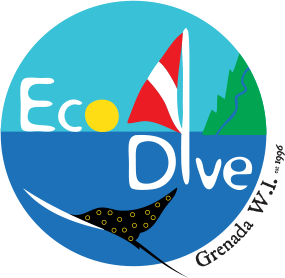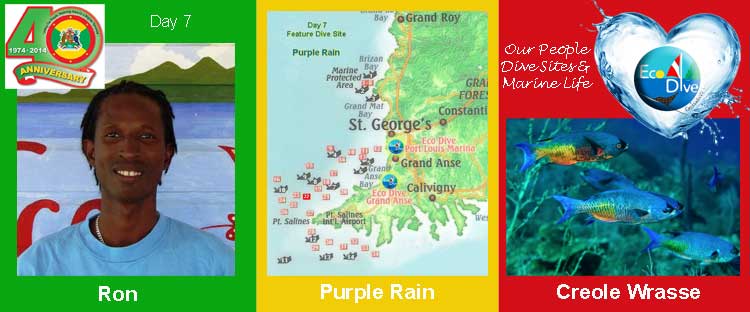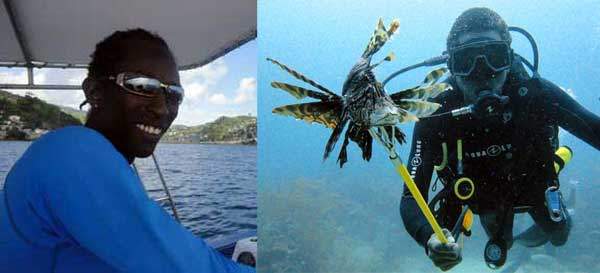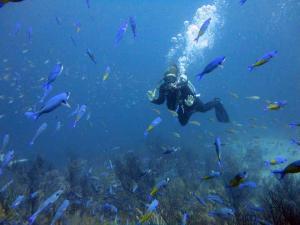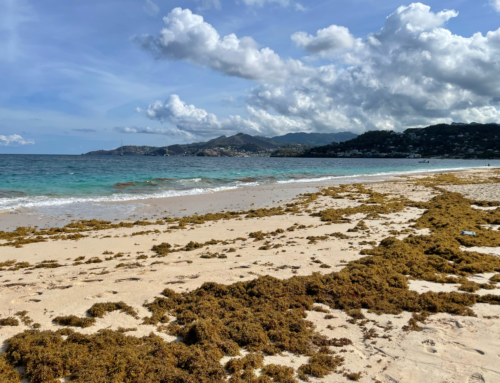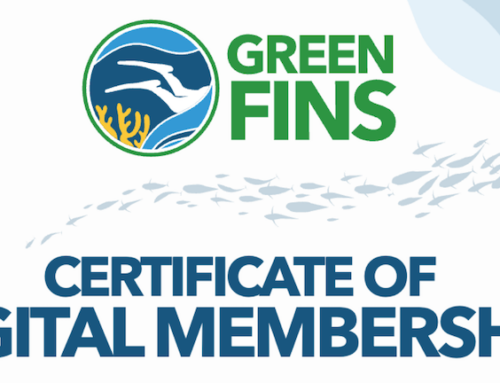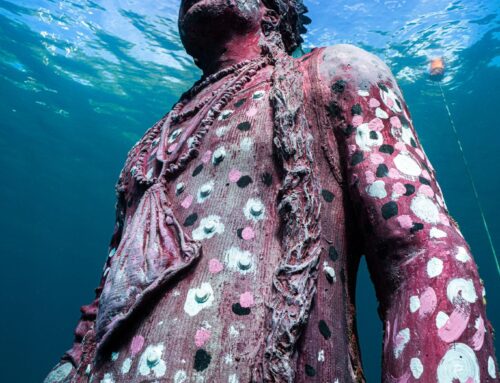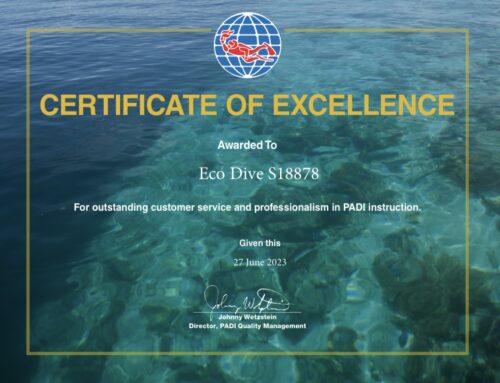Our People – Ron, PADI Divemaster/Boat Captain/ScubaPro servicing technician
Ron has been working with Eco Dive since 2008 and has earned his way from water sports assistant all the way up to PADI Divemaster. This father of three from Telescope Point is always happy to help, learn and dive! From all of us at Eco Dive we would like to thank Ron for his hard work and for always bringing his best effort. It is our pleasure to have him on our team.
Dive Site – Purple Rain Dive profile 40’/12m – 90’/26m
Purple Rain named for the large schools of Creole Wrasse as oppose to the Prince song is one of our many reef dives along the south west corner of the island. Often a drift dive the reef starts with a shallow plateau of soft and hard corals spaced by sand channels and leading toward a sloping reef edge that varies in depth from 60 ‘to 90’. A great option on calm days for beginners and photographers along the top shallow plateau with great natural light and excellent reef health in diversity. On days with more current this site is a favorite of our drift divers and more advanced divers. Stretching west and then south this site offers options for all levels and in many directions. A variety of profiles are possible which makes multiple drops with different Divemasters, instructors or in different PADI courses promises a different exciting dive each time. Half way through the dive divers will pass over the first of 3 telecommunication lines, inane in themselves but make great ‘hiding’ places for our small schools of barracudas shadowing the cable particularly over the sand channels. Southern sting rays, eagle rays, the odd nurse shark and a fabulous variety of reef creatures and coral diversity this site is a must see while in Grenada.
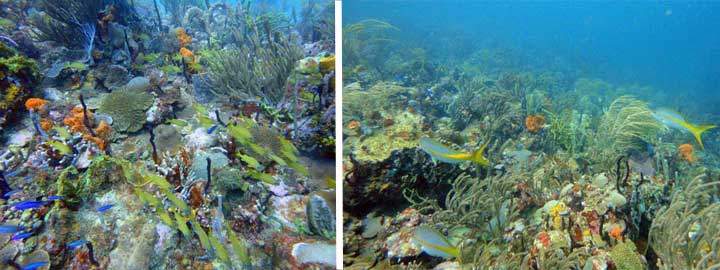
Feature Creature – Creole Wrasse (Clepticus parrae)
The creole wrasse is a member of the wrasse family that lives on coral reefs in the Western Atlantic Ocean and in the Caribbean Sea. Because their food habits differ from most other wrasses (creole wrasse eat plankton, whereas most other wrasses are carnivores), their morphology and behavior tend to resemble other plantonivores (i.e., blue chromis) than it does other wrasses.
Creole wrasse vary in length from 10 to 30 centimeters . Interestingly, but also quite normal among fish, the Creole Wrasse are protogynous hermaphrodites meaning that they can change sex from female to male. Initial phase individuals are females and females change sex to males when they reach 15 to 18 centimeters in length and assume terminal phase coloration.In the terminal adult phase (full grown adults), their bodies are mostly purple, with yellow on their lower rear, and a dark nose. In the initial phase they are mostly purple/blue in coloration. Juveniles are also purple with a series of spots along their backs and lack the yellow highlights.
The Creole Wrasse spend most of their time on seaward reef slopes, occasionally on shallow patch reefs but more often on the deeper sloping edges of reefs down to 40 m depth. They are often found in large mid-water aggregations feeding on plankton, small jellyfish, pteropods, pelagic tunicates and other invertebrates and larvae. These mid-water aggregations are what earned the dive site the name ‘Purple Rain’ for the large schools we find on this site and swim through regularly while drifting down the reef.
